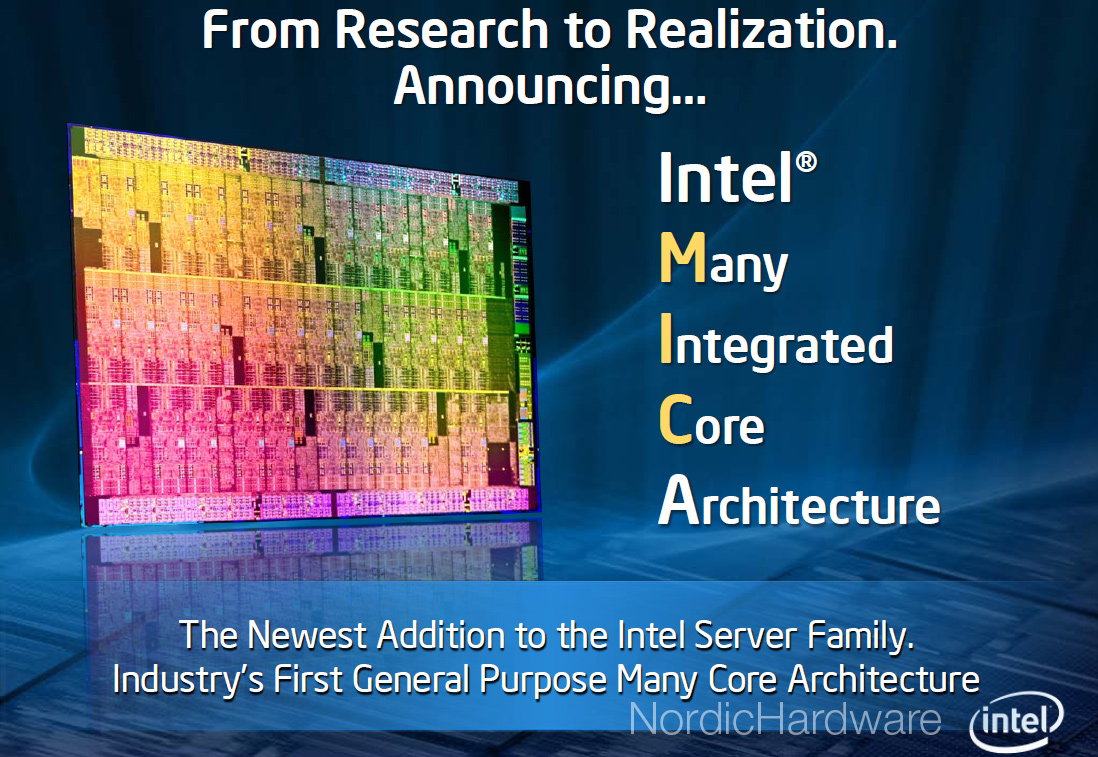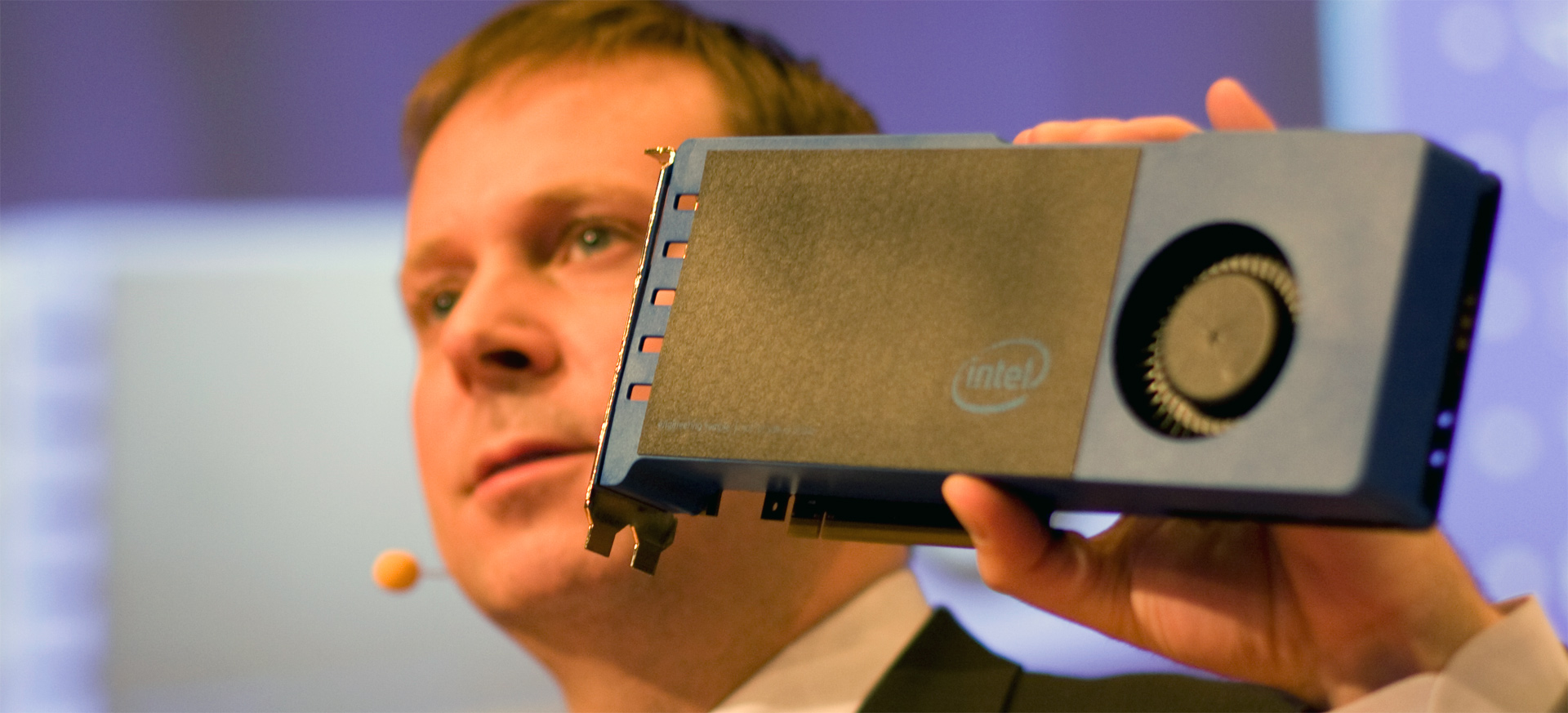Intel decided to put the retail version of Larrabee to rest, but the architecture that is built on a large amount of x86 cores lives on and is now about to enter the server space with the Intel MIC architecture and Knights Ferry.
Knights Ferry is a part of Intel’s MIC program (Many Intel Cores) that focuses on circuits for accelerating calculations of servers. Intel has several projects where it is going wide, but unlike the Tera-Scale project Knights Ferry is built on a graphics circuit architecture.
Now that Intel has presented details on its HPC venture (High Performance Computing) it is the MIC architecture that stands in the center where it, as expected, is going for a wide architecture capable of handling hundreds of instruction threads at the same time. This is to optimize performance at heavy loads.
Already it has a Knights Ferry graphics accelerator with 32 stycken x86 cores clocked at 1.2 GHz and capabble of handling 128 threads through 4-way HyperThreading. An 8MB shared L2 cache is completed with up to 2GB GDDR5 graphics memory.
As previously revealed the processor giant is planning to compete with AMD and NIVIDIA in the professional graphics market where FireStream and Tesla are starting to claim market shares from Intel’s Xeon processors.
“The Intel MIC architecture will extend Intel’s leading HPC products and solutions that are already in nearly 82 percent of the world’s top supercomputers. Today’s investments are indicative of Intel’s growing commitment to the global HPC community.”
Intel already has plans for Intel MIC circuits with more than 50 cores. Knights Corner is the name of this solution made with 22 nm technology and be optimized to work with Intel’s Xeon processors to accelerate highly parallel workloads.



















